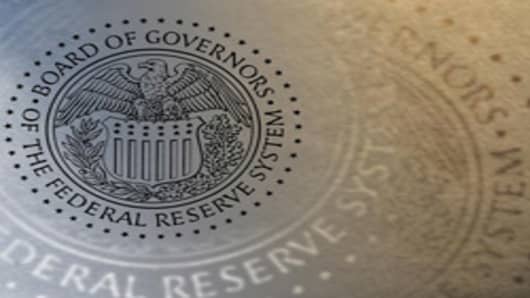To understand the way the Federal Reserve views the economic recovery, think about a long, bumpy train ride.
The train is moving toward its destination—but it could well be “five to six years,” as the Fed put it in the minutes released Wednesday of its June meeting—before it moves as fast it can.
Here’s what the central bank said in Fedspeak:
“Participants generally anticipated that, in light of the severity of the economic downturn, it would take some time for the economy to converge fully to its longer-run path as characterized by sustainable rates of output growth, unemployment, and inflation ... most expected the convergence process to take no more than five to six years."
That time frame had been out there, but previous Fed minutes said that only a minority of participants of the rate-setting Federal Open Market Committee(FOMC) believed that to be the case. Now it appears to be conventional wisdom. This explanation has been a long time in coming.
In normal times, you would expect the Fed to either be hitting its targets for inflation, growth and unemployment now, or to do so within a three-year window.
The Fed drives the train. So if it’s not where it wants to be, it can speed up or slow as needed. If a majority of Fed officials, for example, don’t believe that the unemployment rate will be in the 5 percent range by 2012, the Fed should lower rates.
But not since July 2008 has the average forecast for the 17 members of the FOMCprojected an unemployment rate three years out that was around 5 percent, the presumed potential of the economy. That was also the last time the Fed thought it would hit its inflation target of around 2 percent in a three-year window.
So not only the Fed has been unable to get the train up to speed, it’s been acknowledging it wouldn’t get there.
What does it mean that it could take up to five to six years to get the economy performing to its potential? First, it does not mean we will be in recession that entire time. In fact, the Fed sees growth of 3 percent this year (a bit lower than its forecast in April), accelerating to 4 percent in 2012.




